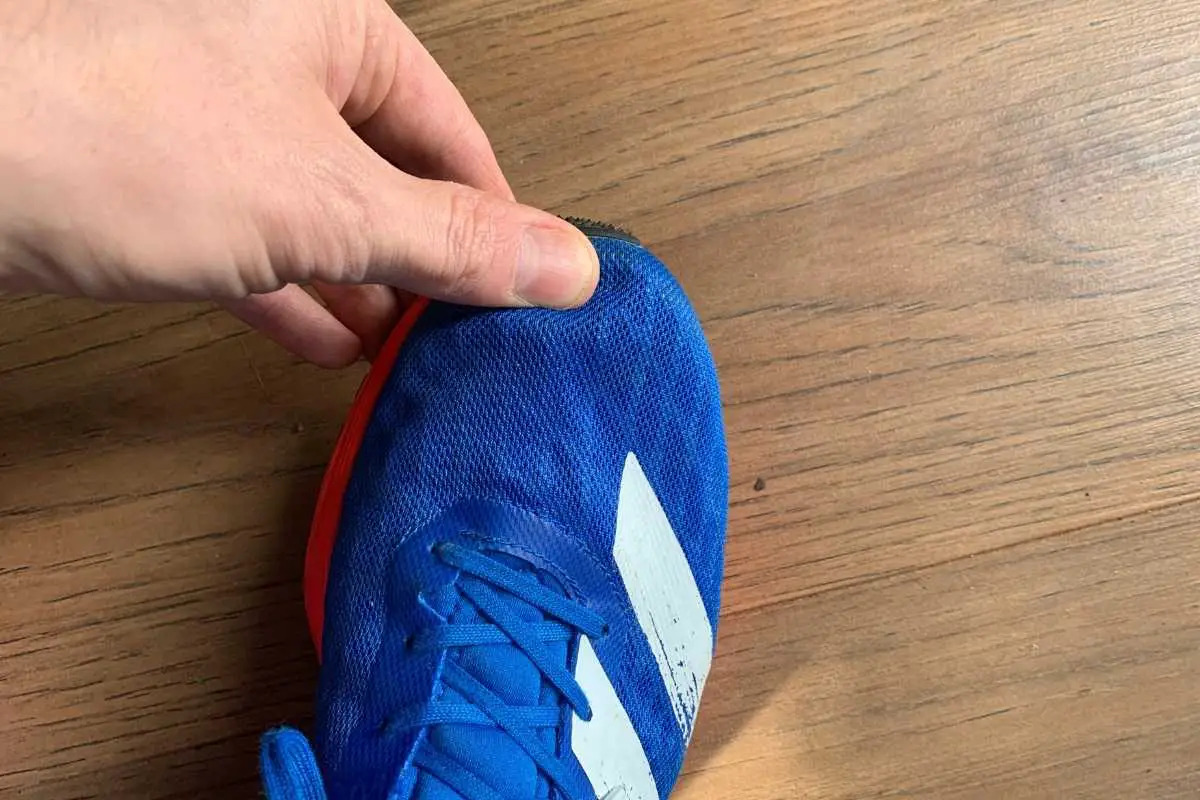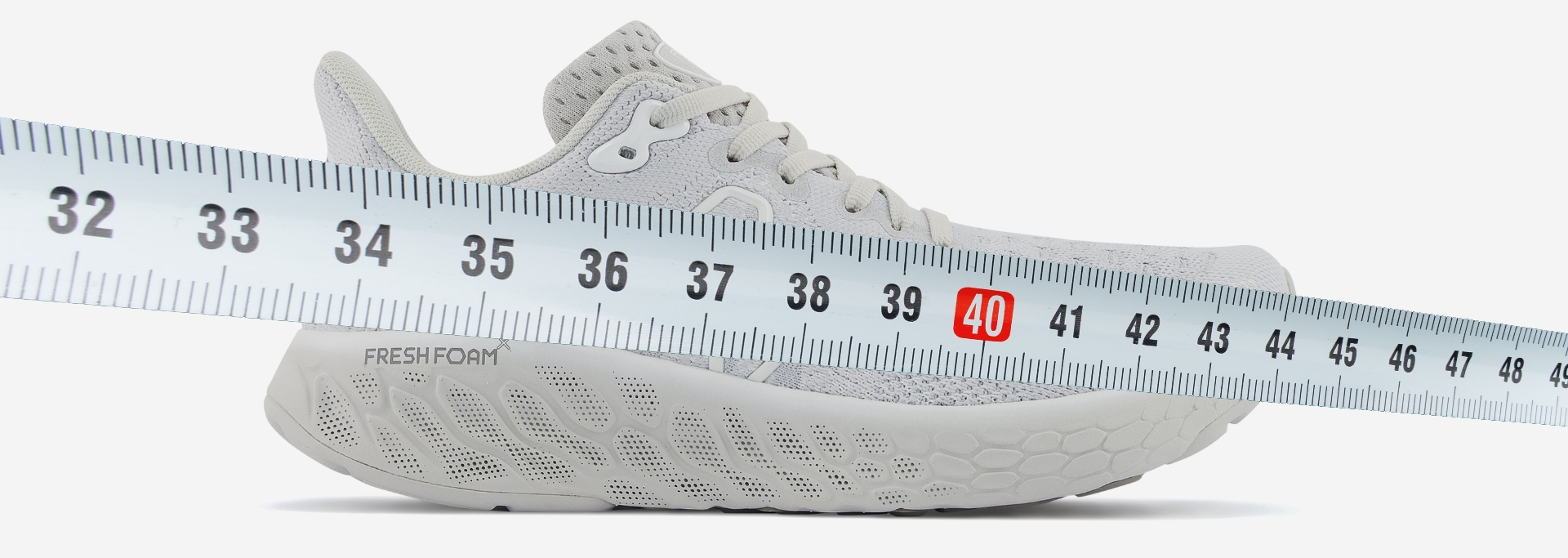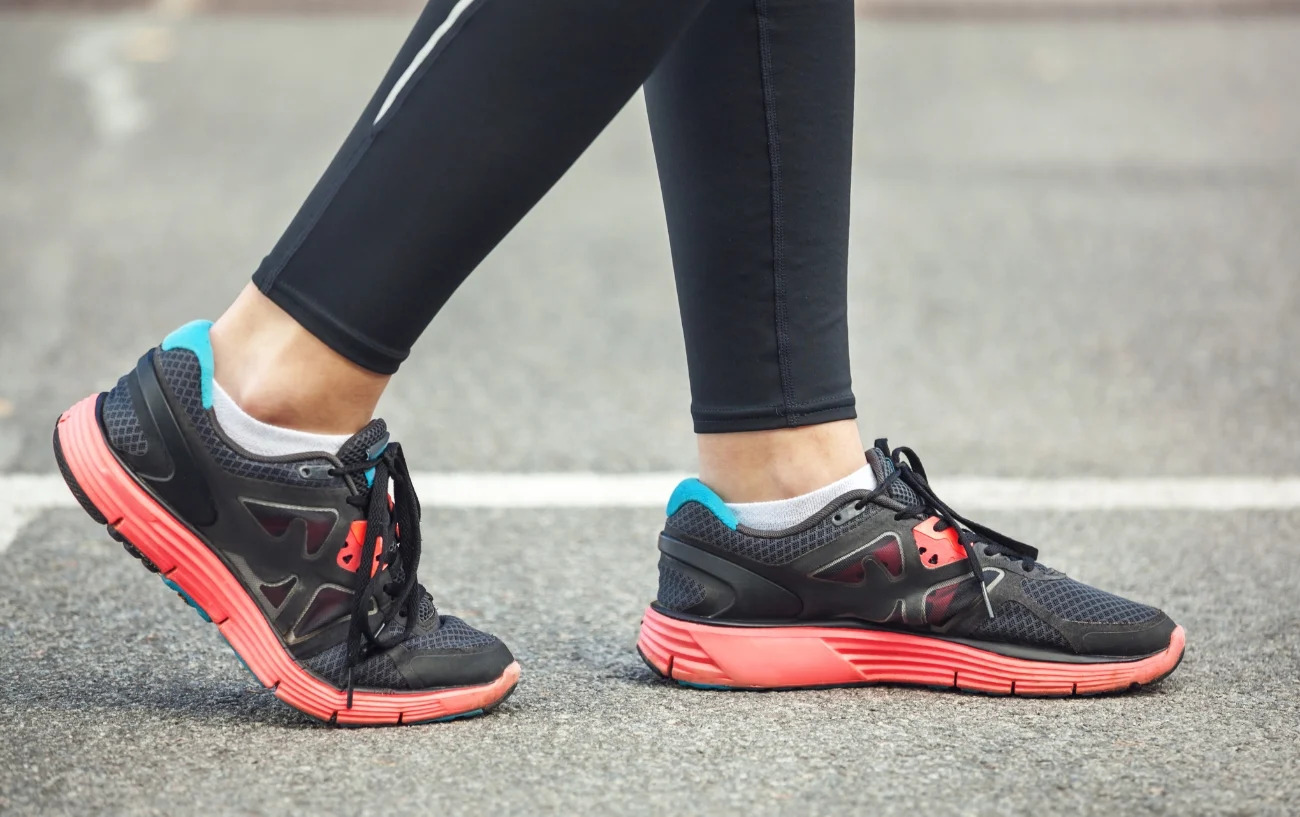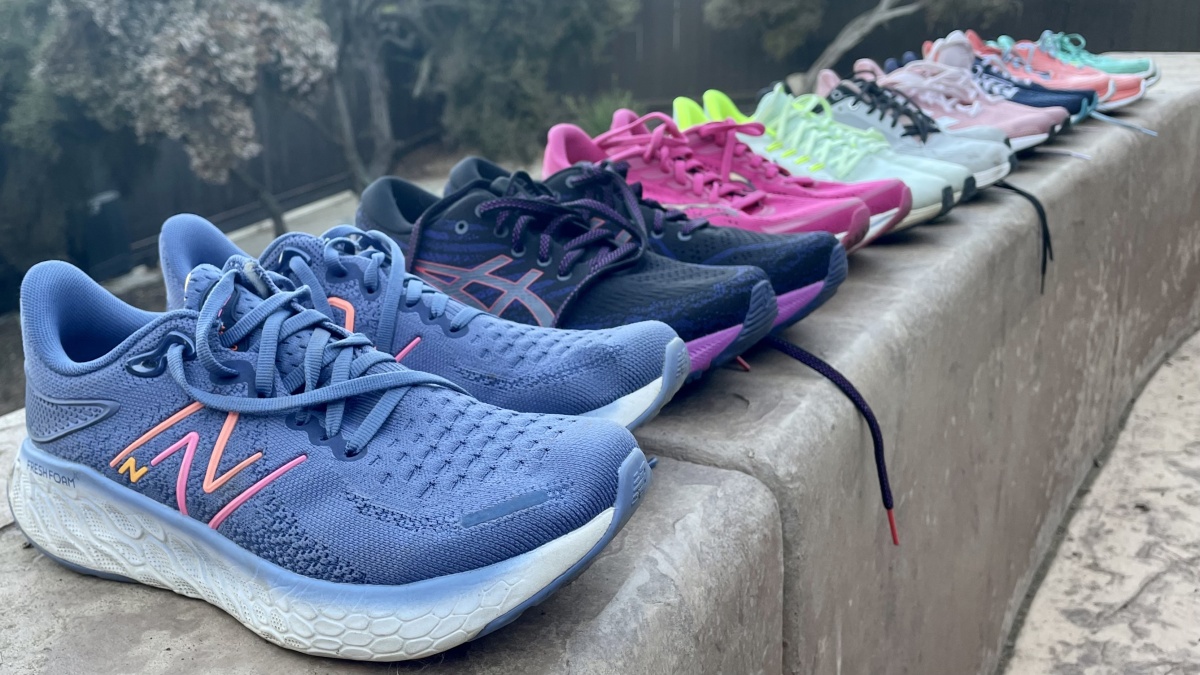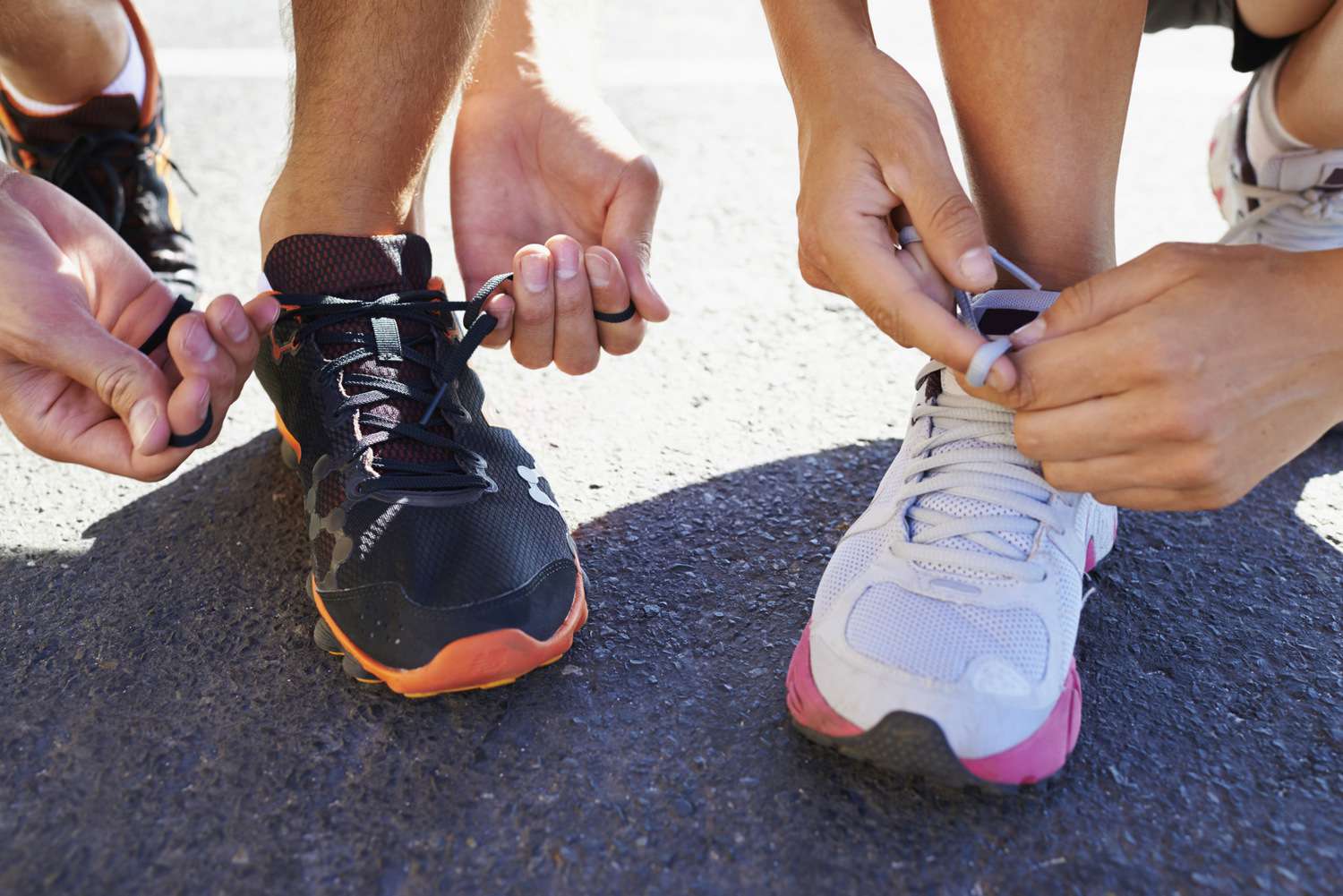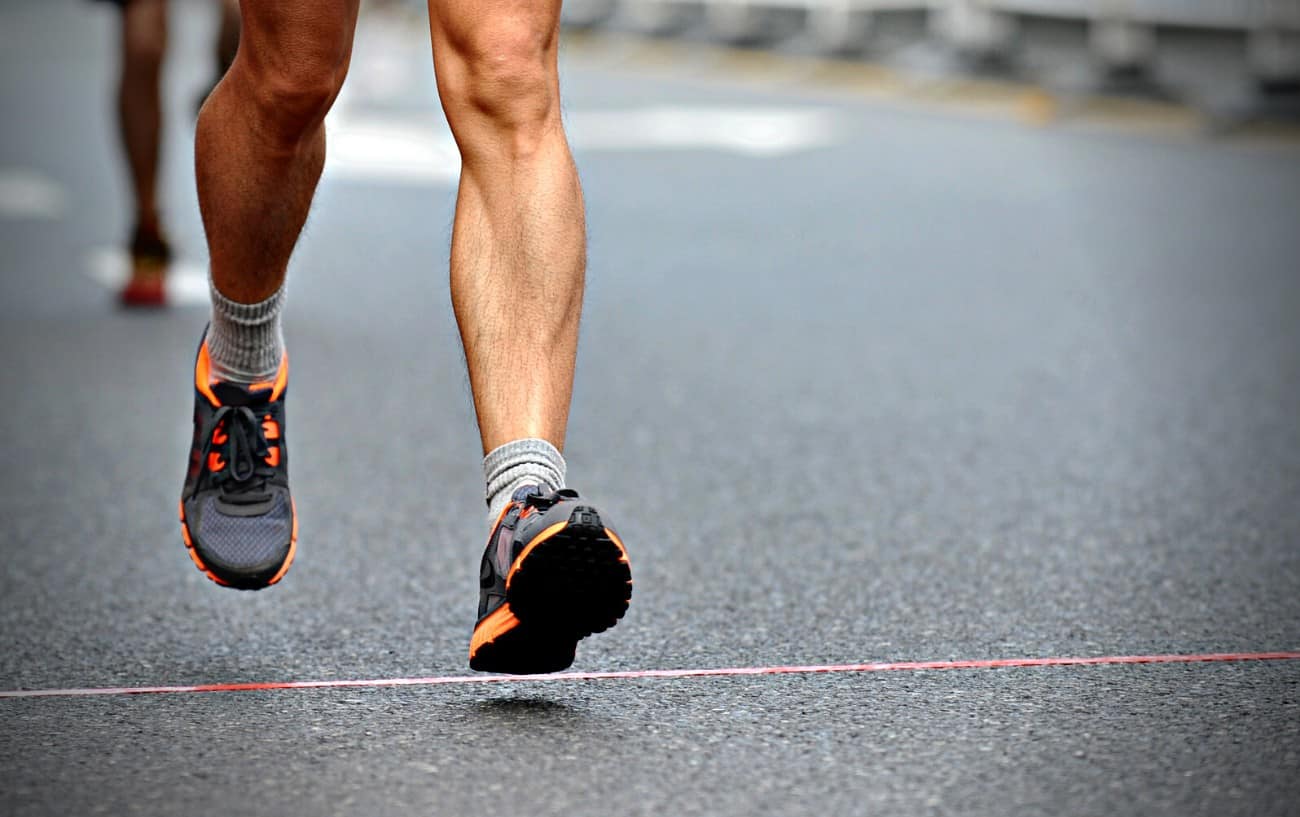

Featured
What Is The Correct Running Form Feet
Published: October 15, 2023
Learn the correct running form for your feet and improve your performance with our featured guide. Enhance your running technique and prevent injuries with these expert tips.
Introduction
Welcome to the world of running! Whether you are a seasoned athlete or just starting out on your fitness journey, understanding the correct running form is essential for optimizing your performance and preventing injuries. While there are various aspects to consider when it comes to running form, one of the key elements is the positioning of your feet.
When it comes to running, your feet play a significant role in absorbing impact, propelling you forward, and maintaining balance and stability. Therefore, it is crucial to have a good understanding of how to position your feet correctly during each stride.
In this article, we will delve into the importance of feet positioning in running, common mistakes to avoid, tips for correcting foot placement, the role of foot strike, finding the right running shoes for your feet, essential stretching and strengthening exercises, and valuable tips for maintaining proper running form with your feet.
By the end of this article, you will have a comprehensive understanding of the correct running form with regards to your feet, allowing you to optimize your performance and reduce the risk of injuries. So, let’s dive in and discover the secrets to achieving the perfect running form!
Understanding the Correct Running Form
Before we delve into the specifics of feet positioning in running, it’s important to have a basic understanding of the correct running form as a whole. Running with proper form not only helps increase efficiency but also minimizes the risk of injury.
When it comes to running form, the key areas to focus on are posture, arm movement, stride length, and foot placement. Maintaining an upright posture with a slight forward lean helps align your body in the most efficient position while minimizing strain on your joints and muscles.
Proper arm movement involves keeping your arms at a 90-degree angle, swinging them gently forward and backward in coordination with your strides, and avoiding excessive lateral movement. This helps with balance and propulsion.
Stride length is another important aspect of running form. Overstriding, where your foot lands too far in front of your body, can lead to a braking effect and increase the chance of injury. A stride that is too short can hinder your speed and efficiency. Finding the right stride length for your body can be improved through practice and feedback from a running coach or video analysis.
Now, let’s discuss the role of feet positioning in running. The position of your feet when they contact the ground can significantly impact your running performance and injury risk. It is generally recommended to maintain a neutral foot position, where your foot lands directly underneath your body, allowing for a more natural and efficient stride.
This neutral foot position helps distribute the impact forces more evenly and allows for a smooth transition between each stride. Landing on your midfoot or forefoot rather than your heel can also be beneficial, as it can help with shock absorption and propel you forward with more efficiency.
Now that we have a basic understanding of the correct running form and the role of feet positioning, let’s explore the importance of proper foot placement in more detail.
Importance of Feet Positioning in Running
Feet positioning plays a crucial role in running as it directly affects your form, efficiency, and injury prevention. Here are some key reasons why proper feet positioning is important in running:
1. Efficiency and Speed:
When your feet are positioned correctly, you can generate more power and propel yourself forward with greater efficiency. By landing on the midfoot or forefoot, you can use the natural elasticity of your foot and muscles to efficiently transfer energy into the next stride, resulting in increased speed.
2. Injury Prevention:
Improper feet positioning can lead to a range of injuries. Overpronation, where the foot rolls excessively inward, or supination, where the foot rolls outward, can place excessive stress on the ankles, knees, and hips. By maintaining a neutral foot position and landing underneath your body, you can minimize the risk of overpronation or supination-related injuries.
3. Balance and Stability:
Proper feet positioning enhances your balance and stability during running. When your feet land correctly, your body is in a more stable position, reducing the likelihood of tripping, falling, or twisting an ankle. This allows you to maintain a steady stride and stay on track towards your running goals.
4. Efficient Foot Strike:
The way your foot strikes the ground can impact your running efficiency. Landing on your midfoot or forefoot promotes a more efficient foot strike, reducing the impact on your joints and muscles. This can help prevent common running injuries such as shin splints, Achilles tendonitis, and stress fractures.
5. Transfer of Forces:
Proper feet positioning allows for a smooth transfer of forces throughout your body. When your feet land underneath your body, the impact forces are distributed more evenly, reducing the strain on any specific joints or muscles. This helps prevent overuse injuries and allows for a more comfortable and enjoyable running experience.
Overall, understanding and practicing proper feet positioning in running is essential for optimizing your performance and minimizing the risk of injuries. In the following sections, we will discuss common mistakes in running form and provide tips on correcting foot placement to further enhance your running experience.
Common Mistakes in Running Form
Even experienced runners can fall into bad habits when it comes to their running form. Identifying and correcting these common mistakes can significantly improve your performance and reduce the risk of injuries. Here are some of the most common mistakes in running form to be aware of:
1. Overstriding:
Overstriding occurs when your foot lands too far in front of your body, causing a braking effect and increasing the risk of injury. It can also lead to inefficient use of your muscles and decreased speed. Aim for a shorter, more compact stride to avoid overstriding.
2. Heel Striking:
Heel striking refers to landing on your heel with each stride. This can send a jarring impact up your leg, increasing the risk of shin splints, knee pain, and other injuries. Focus on landing with a midfoot or forefoot strike, allowing for a more efficient transfer of energy and better shock absorption.
3. Poor Posture:
Running with poor posture can negatively affect your form and efficiency. Slumping or leaning too far forward or backward can strain your muscles, disrupt your alignment, and hinder your performance. Maintain an upright posture with a slight forward lean to optimize your form and reduce stress on your body.
4. Cross-Body Arm Swing:
Incorrect arm movement can throw off your balance and waste energy. Avoid swinging your arms across your body or letting them flail out too much. Aim for a relaxed and controlled arm swing that moves in a straight line, parallel to your body, contributing to your forward propulsion.
5. Uneven Stride Length:
Having an uneven stride length, where one leg extends farther than the other, can lead to muscle imbalances and inefficient running. Work on achieving a balanced and symmetrical stride length to ensure a smooth and efficient running motion.
By identifying these common mistakes and working on correcting them, you can improve your running form, enhance your performance, and reduce the risk of injuries. In the next section, we will delve into tips for correcting foot placement to optimize your running form.
Correcting Foot Placement for Optimal Running Form
Correcting your foot placement is crucial for achieving optimal running form. By focusing on proper foot positioning, you can enhance your running efficiency, reduce the risk of injuries, and improve overall performance. Here are some valuable tips for correcting foot placement:
1. Land Underneath Your Body:
One of the key principles of proper foot placement is to land with your feet directly underneath your body. This allows for a natural and efficient stride, minimizing braking forces and reducing the risk of overstriding. Focus on taking shorter and quicker strides to encourage a more midfoot or forefoot strike.
2. Maintain a Neutral Foot Position:
Avoid excessive pronation (rolling inward) or supination (rolling outward) of the feet. Overpronation can lead to issues such as shin splints and knee pain, while supination puts strain on the ankles and can cause instability. Aim to maintain a neutral foot position, keeping your feet aligned with your lower legs during each stride.
3. Engage Your Core Muscles:
A strong and stable core can help maintain proper alignment and foot placement while running. Engage your abdominal and back muscles to support your posture and keep your body centered over your feet. This will contribute to a more efficient and controlled foot strike.
4. Incorporate Strengthening Exercises:
Strengthening your feet and lower leg muscles is essential for maintaining proper foot placement. Exercises such as calf raises, toe curls, and heel walks can help improve the stability and strength of your feet, leading to better foot control and alignment during running.
5. Progress Gradually:
Correcting your foot placement takes time and practice. Avoid making drastic changes to your running form all at once, as this can increase the risk of injury. Instead, gradually work on improving your foot positioning and allow your body to adapt to the changes over time.
6. Seek Professional Guidance:
If you are struggling to correct your foot placement or want personalized feedback, consider consulting with a running coach or physical therapist. They can analyze your running form, provide specific recommendations, and guide you through exercises and drills to improve your foot placement.
By implementing these tips and focusing on correcting your foot placement, you can optimize your running form and experience the benefits of a more efficient and injury-resistant stride. In the next section, we will explore the role of foot strike in running form.
The Role of Foot Strike in Running Form
Foot strike refers to how your foot contacts the ground during each stride while running. It plays a significant role in your running form and can affect your performance, injury risk, and overall running experience. Understanding the different types of foot strikes and their implications can help you optimize your running form. Here are the primary foot strike patterns:
1. Heel Strike:
Heel strike occurs when your heel makes initial contact with the ground. It is the most common foot strike pattern among runners. Heel striking can generate a significant impact force, which is absorbed primarily by your heel and transmitted up the leg, potentially leading to increased stress on the joints and muscles. However, not all heel strikes are inherently problematic, and some runners can maintain a healthy form with this foot strike pattern.
2. Midfoot Strike:
With a midfoot strike, the middle portion of your foot, including the ball of your foot, makes initial contact with the ground. This foot strike pattern allows for a more even distribution of the impact force, reducing the strain on your lower leg and joints. It promotes a more natural and efficient transfer of energy, facilitating a smooth and propulsive stride.
3. Forefoot Strike:
In a forefoot strike, your forefoot, specifically the area near your toes, lands first on the ground. This foot strike pattern is commonly associated with a more efficient running form, as it utilizes the natural shock-absorbing capabilities of the foot and calf muscles. Forefoot strike can promote a spring-like action, propelling you forward with less impact on your joints.
It is important to note that there is no universally “correct” foot strike for all runners. The best foot strike pattern for you depends on various factors, including your biomechanics, running speed, and individual preferences. Some runners naturally adopt a certain foot strike pattern, while others may benefit from transitioning to a different pattern to improve their form.
If you are looking to optimize your foot strike, consider the following tips:
1. Listen to Your Body:
Pay attention to how your body feels while running with different foot strike patterns. Be mindful of any discomfort or pain that may indicate an unfavorable foot strike for your biomechanics.
2. Experiment and Transition Gradually:
If you want to switch to a different foot strike pattern, do it gradually. Make small changes to your running form over time, allowing your body to adapt and build the necessary strength and coordination.
3. Seek Professional Advice:
A running coach or sports professional can provide expert guidance and evaluate your running form to help you determine the most suitable foot strike pattern for you.
Remember, the goal is to find a foot strike pattern that feels natural and allows you to run comfortably and efficiently. Finding the right foot strike is a personal journey that may require experimentation and adjustments. In the next section, we will discuss the importance of finding the right running shoes for your feet.
Finding the Right Running Shoes for Your Feet
Choosing the right running shoes is vital for optimal performance and preventing injuries. With so many options available, it’s important to find a pair that caters to your specific foot type and running style. Here are some key factors to consider when searching for the right running shoes:
1. Foot Type:
Determine your foot type by examining whether you have high arches, low arches, or a neutral arch. High-arched feet typically require more cushioning and support, while low-arched feet may benefit from stability and motion control features. Neutral-arched feet generally work well with neutral or cushioned shoes.
2. Pronation Type:
Pronation refers to the natural inward rolling motion of the foot during each stride. Understanding your pronation type – neutral, overpronation, or supination – can help you select the appropriate shoe category. Overpronators benefit from stability or motion control shoes, while supinators may require more cushioning and flexibility.
3. Shoe Features:
Consider the specific features of running shoes that align with your needs. These include cushioning, stability, flexibility, weight, and breathability. Cushioning provides impact absorption, stability offers support for overpronators, flexibility improves natural foot movement, and breathability prevents excessive sweating.
4. Shoe Fitting:
Ensure that the shoes fit properly and provide ample toe room. There should be about a thumb’s width of space between your longest toe and the end of the shoe. The shoes should feel snug and secure around the heel and midfoot, preventing unnecessary foot movement within the shoe.
5. Test Run:
Whenever possible, take the shoes for a test run before making a final decision. This gives you a better sense of how the shoes feel on your feet and whether they provide the necessary comfort, support, and flexibility for your running style.
Remember, everyone’s feet are unique, and what works for one runner may not work for another. It’s recommended to try on multiple shoe models and brands to find the best fit and feel for your feet. Consulting with a specialty running store or a podiatrist can also provide valuable insights into selecting the right running shoes for your specific needs.
Investing in appropriate running shoes that cater to your feet and running style can significantly improve your comfort, performance, and overall running experience. In the next section, we will explore some essential stretching and strengthening exercises for your feet to further enhance your running form.
Stretching and Strengthening Exercises for Feet
Stretching and strengthening exercises for the feet can improve flexibility, stability, and overall foot health. Adding these exercises to your routine can help prevent common foot injuries, alleviate discomfort, and enhance your running form. Here are some essential exercises to incorporate into your training:
1. Toe Curls:
Sit on a chair and place a towel or small cloth on the floor in front of you. Use your toes to grip and scrunch the towel towards you, then release. Repeat this exercise for several repetitions, targeting the arches of your feet. This exercise helps strengthen the muscles in the arches and improve toe mobility.
2. Calf Raises:
Stand with your feet hip-width apart, and rise up on your toes, lifting your heels off the ground. Hold for a moment, then lower your heels back down. Perform multiple sets of calf raises to strengthen the calf muscles, which play an essential role in foot stability and propulsion during running.
3. Arch Roll:
Place a tennis ball or a small massage ball under the arch of your foot. Roll your foot back and forth over the ball, applying gentle pressure. This exercise helps massage and stretch the plantar fascia and other muscles in the arch, promoting flexibility and relieving tension.
4. Ankle Alphabet:
Sit on a chair and lift one foot off the ground. Imagine you are drawing the letters of the alphabet with your big toe. Go through the entire alphabet, using your toe to trace the letters in the air. Repeat with the other foot. This exercise helps improve ankle mobility and strengthens the muscles that control foot movement.
5. Towel Stretch:
Sit on the floor with your legs extended. Place a towel or resistance band around the ball of one foot and gently pull the towel towards you, stretching the calf and Achilles tendon. Hold the stretch for 30 seconds, then switch to the other foot. This exercise enhances flexibility in the lower leg and promotes better foot movement and range of motion.
6. Marble Pick-Up:
Place some marbles on the floor and use your toes to pick them up and transfer them into a small container. This exercise helps strengthen the muscles in your toes and improves dexterity and control.
Incorporate these stretching and strengthening exercises for the feet into your regular routine. Aim to perform them at least a few times a week, especially on days when you are not running. Remember to start gradually and listen to your body, avoiding any exercises that cause pain or discomfort. These exercises, combined with proper footwear and good running form, can significantly improve foot health and enhance your overall running performance.
In the next section, we will provide valuable tips for maintaining proper running form with a focus on feet alignment and movement.
Tips for Maintaining Proper Running Form with Feet
Maintaining proper running form with a strong focus on your feet is essential for optimizing your performance and reducing the risk of injuries. Here are some valuable tips to help you maintain proper running form with your feet:
1. Focus on Alignment:
Ensure that your feet are aligned with your knees and hips, and that they point forward as you run. This helps maintain proper body alignment and reduces stress on your joints and muscles.
2. Light and Quick Steps:
Avoid heavy and pounding strides by aiming for light and quick steps. This reduces the impact on your feet and allows for a more efficient and natural running motion.
3. Engage Your Core:
Keep your core muscles engaged while running to support proper posture and alignment. A strong core helps maintain stability and reduces excessive foot movement.
4. Relax Your Feet and Toes:
Avoid gripping or tensing your feet and toes while running. Keeping them relaxed allows for better shock absorption and a more natural foot motion.
5. Land Softly:
Aim to land softly with each stride, using a midfoot or forefoot strike rather than a heavy heel strike. This helps reduce the stress on your feet, ankles, and knees.
6. Maintain Cadence:
Focus on maintaining a consistent and efficient cadence (stride rate) of around 170-180 steps per minute. This promotes a more balanced and controlled foot placement.
7. Regularly Assess and Adjust:
Periodically assess your running form and make adjustments as needed. Video analysis or seeking feedback from a running coach can help identify any inefficiencies or areas for improvement in your foot movement and alignment.
8. Gradual Increases in Intensity:
When increasing your mileage or speed, do so gradually to allow your feet and body to adapt. Avoid sudden and excessive changes that can lead to overuse injuries.
By incorporating these tips into your running routine, you can maintain proper running form and optimize your performance. Remember that maintaining proper form is an ongoing process that requires practice and awareness. Listen to your body, be patient with yourself, and seek guidance from professionals if needed. Happy running!
Conclusion
Achieving and maintaining proper running form with a focus on your feet is essential for runners of all levels. By understanding the correct positioning of your feet, you can enhance your running efficiency, reduce the risk of injuries, and optimize your overall performance.
We discussed the importance of feet positioning in running and how it contributes to efficiency, stability, and balance. We explored common mistakes in running form and provided valuable tips for correcting foot placement to improve your stride.
We also delved into the role of foot strike and discussed the different types of foot strikes, emphasizing the importance of finding the right foot strike pattern that works for your individual biomechanics and preferences.
Furthermore, we highlighted the significance of selecting the right running shoes for your feet, considering factors such as foot type, pronation, and shoe features. Having the appropriate footwear plays a vital role in providing support, comfort, and protection during your runs.
In addition, we shared essential stretching and strengthening exercises for your feet to improve flexibility, stability, and foot health. These exercises can help prevent injuries, alleviate discomfort, and enhance your overall running experience.
Lastly, we provided practical tips for maintaining proper running form with a focus on your feet. These tips encompassed aspects such as alignment, stride, core engagement, and relaxation of the feet and toes.
Remember, achieving and maintaining proper running form is a continuous process that requires practice, awareness, and patience. Incorporate these tips and techniques into your running routine, listen to your body, and seek guidance from professionals if needed.
By prioritizing proper running form with a focus on your feet, you can enhance your running performance, reach your goals, and enjoy a safer and more enjoyable running experience. So lace up your shoes, hit the pavement, and happy running!
